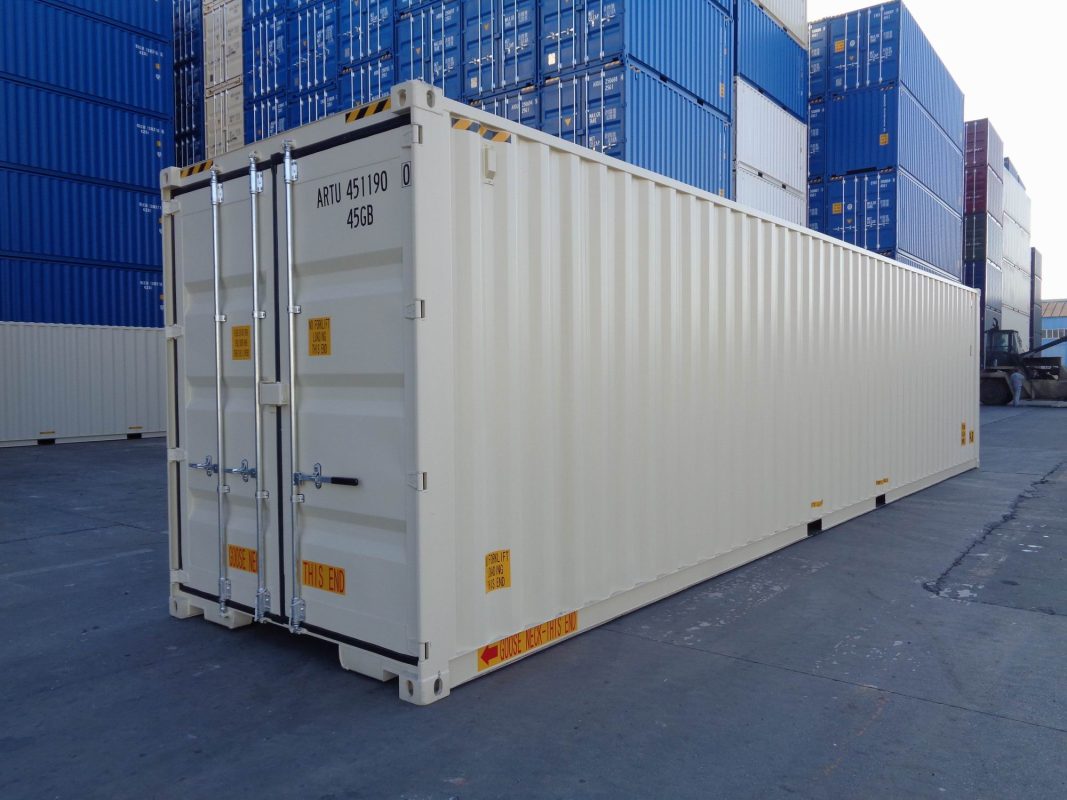Shipping Container Homes vs. Traditional Homes: A Comparative Analysis

In recent years, shipping container homes have emerged as a compelling alternative to traditional residential construction. With their unique design and sustainable attributes, they offer a fresh perspective on modern living. However, the decision to choose between a shipping container home and a traditional house involves evaluating various factors, including cost, durability, design, and environmental impact. This comparative analysis delves into these aspects to help prospective homeowners make an informed choice.
Cost and Affordability
One of the most attractive features of shipping container homes is their cost-effectiveness. Shipping containers are typically less expensive than traditional building materials, leading to lower construction costs. According to estimates, a shipping container home can cost between $10,000 and $35,000, depending on size and customization. This is significantly cheaper compared to the average cost of building a traditional home, which can range from $150,000 to $300,000 or more.
Additionally, the construction time for container homes is often shorter. These structures are pre-fabricated, allowing for quicker assembly on-site. This speed can lead to savings on labor and other construction-related expenses.
However, it’s important to consider potential hidden costs. Container homes might require specialized modifications, such as insulation, plumbing, and electrical systems, which can add to the overall expense. On the other hand, traditional homes generally include these features in the initial construction, although they come with a higher base price.
Durability and Longevity
Shipping containers are designed to withstand harsh conditions at sea, making them inherently durable. They are constructed from corten steel, which is resistant to corrosion, weathering, and impact. This durability translates into a long-lasting structure when properly maintained. Container homes are particularly resilient in extreme weather conditions, such as high winds and heavy rain.
Traditional homes, depending on the materials used, also offer substantial durability. Conventional construction methods involve a range of materials, including wood, brick, and concrete, each with its own lifespan and maintenance requirements. For instance, wood-frame homes might be susceptible to termites and rot, while brick homes can endure for centuries with minimal upkeep.
While both types of homes can be durable, the specific conditions of the building site and the quality of construction play crucial roles in their longevity. Shipping container homes may require additional reinforcement in areas prone to extreme temperatures or seismic activity.
Design and Customization
Design flexibility is where traditional homes generally excel. They offer a wide range of architectural styles and design options, from classic Victorian to modern minimalist. Homebuyers can choose from various layouts, materials, and finishes to match their personal preferences and needs.
Shipping container homes, while innovative, present certain design limitations. The standard size and shape of containers may constrain layout options. However, creative architects and designers have developed numerous ways to overcome these limitations, including combining multiple containers to create larger living spaces or incorporating unconventional designs. The industrial aesthetic of container homes also appeals to those seeking a unique and modern look.
Customization is possible with both types of homes, but traditional homes often offer more straightforward options for changes. Container homes may require more complex modifications to achieve desired features, such as large windows or open-plan spaces.
Environmental Impact
Shipping container homes are often lauded for their eco-friendly attributes. Repurposing shipping containers for residential use is a form of recycling that reduces the need for new building materials. Additionally, many container homes incorporate sustainable practices, such as energy-efficient insulation, solar panels, and rainwater harvesting systems.
Traditional homes, on the other hand, can have varying environmental impacts depending on their construction methods and materials. The production of conventional building materials, such as concrete and steel, contributes to greenhouse gas emissions. However, sustainable building practices are increasingly being adopted in traditional construction, including the use of eco-friendly materials and energy-efficient systems.
Ultimately, the environmental impact of both types of homes depends on the choices made during construction and the efficiency of their energy systems.
Conclusion
Both shipping container homes and traditional homes offer unique advantages and challenges. Shipping container homes are cost-effective, durable, and environmentally friendly, making them an attractive option for those seeking an innovative and sustainable living solution. Traditional homes, with their design flexibility and proven durability, remain a popular choice for those who prefer conventional construction methods and a broader range of customization options.
When choosing between these two options, it’s essential to consider personal preferences, budget constraints, and long-term goals. Whether opting for a shipping container home or a traditional house, careful planning and consideration will ensure that the final choice aligns with your lifestyle and values.

